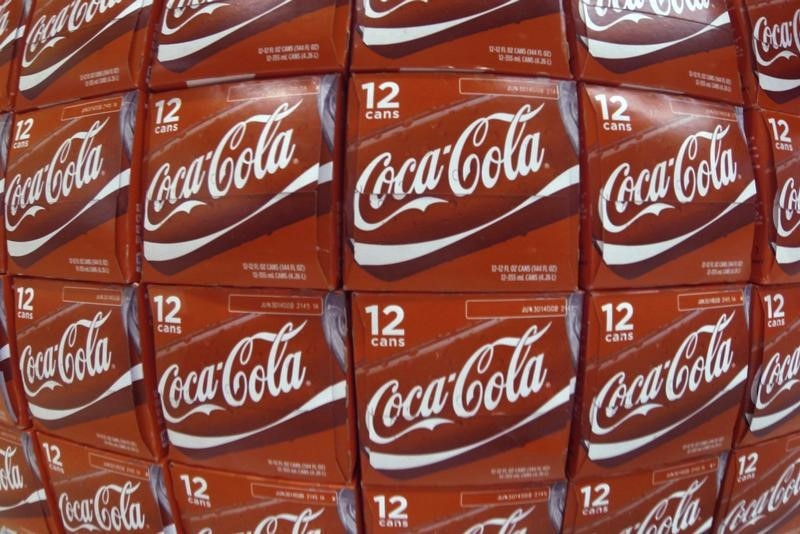Gold prices dip as December rate cut bets wane; economic data in focus
Investing.com -- S&P Global Ratings revised Coca-Cola Consolidated Inc.’s outlook to negative from stable on Friday while affirming its ratings, citing increased leverage following a $2.4 billion share repurchase.
The rating agency noted that the company’s pro forma leverage of 2.6x is above expectations for its ’BBB+’ rating, exceeding the potential downgrade threshold of 2x. However, S&P projects that Coca-Cola Consolidated can reduce leverage closer to 2x through fiscal 2026 and below 2x by 2027.
S&P’s forecast includes continued low-single-digit percentage revenue growth while maintaining an EBITDA margin of approximately 16%. This growth is expected to come from price increases and improving volumes, partially offset by wage increases and some higher input costs.
The company is projected to generate more than $450 million in annual free operating cash flow after capital expenditure of about $300 million per year. S&P expects additional shareholder returns or acquisitions are unlikely until leverage falls below 2x, with dividends forecasted between $70 million and $80 million per year.
Coca-Cola Consolidated has demonstrated strong operating performance, with third-quarter net sales increasing 6.9% year over year to $1.9 billion and operating income rising 8.6% to $246.6 million. This growth was driven by annual price increases, strong volume performance in still beverages, and effective management of operating expenses despite increased labor costs.
The company’s relationship with The Coca-Cola Company remains "moderately strategic" according to S&P, despite Coca-Cola no longer holding a minority stake. The 120-year relationship is supported by a strategic agreement providing Coca-Cola Consolidated exclusive rights to manufacture and distribute Coca-Cola products across 14 states in the Southeastern, Midwestern, and mid-Atlantic territories.
S&P could lower the rating if the company fails to reduce leverage below 2x by fiscal 2027, which could happen if it faces material margin pressure, announces additional dividends, or pursues bottler acquisitions. The outlook could return to stable if the company meets S&P’s base-case projections, avoids increasing shareholder returns, and does not pursue additional acquisitions.
This article was generated with the support of AI and reviewed by an editor. For more information see our T&C.
